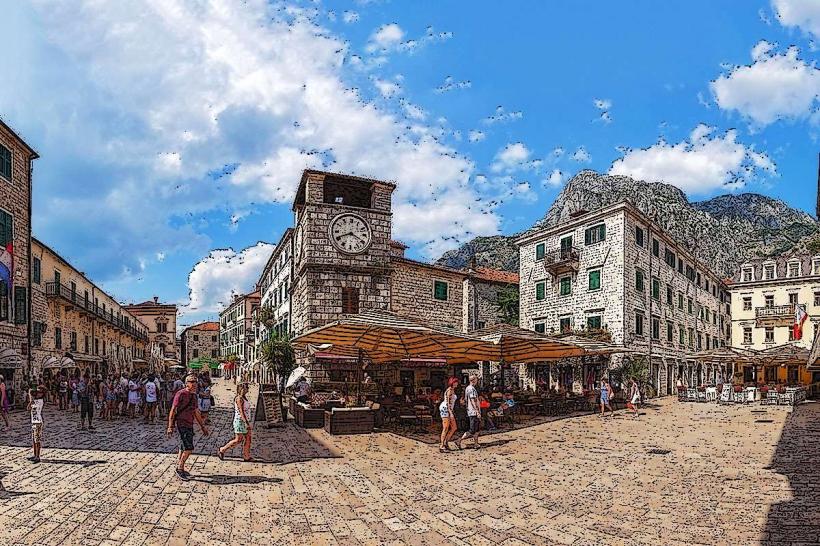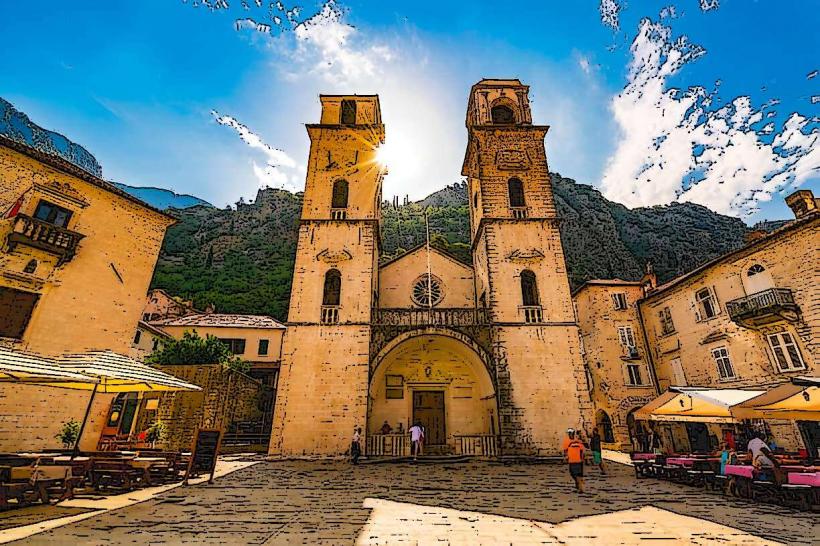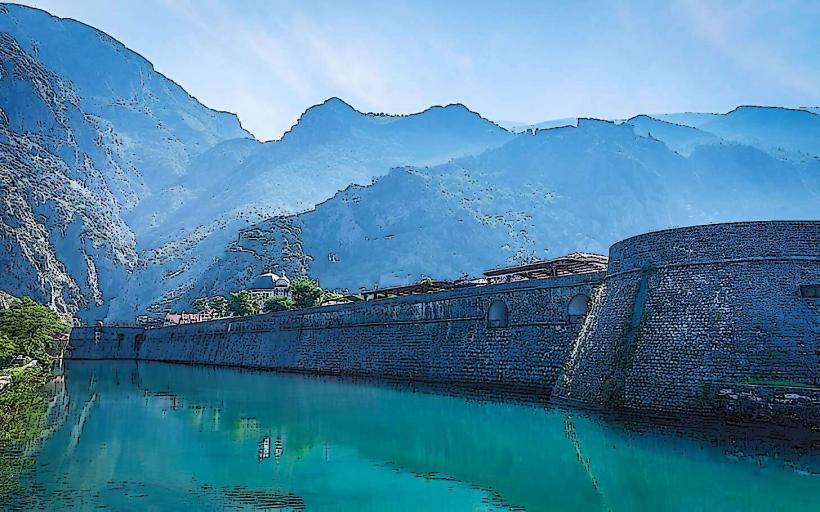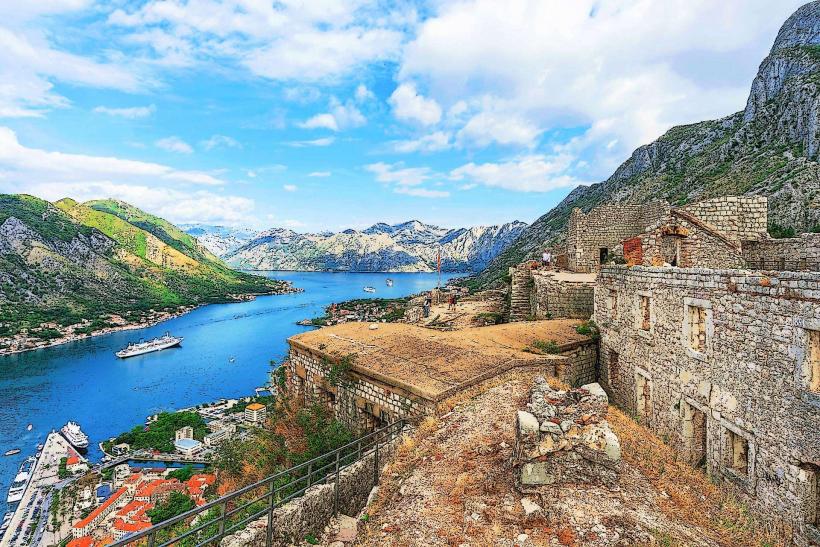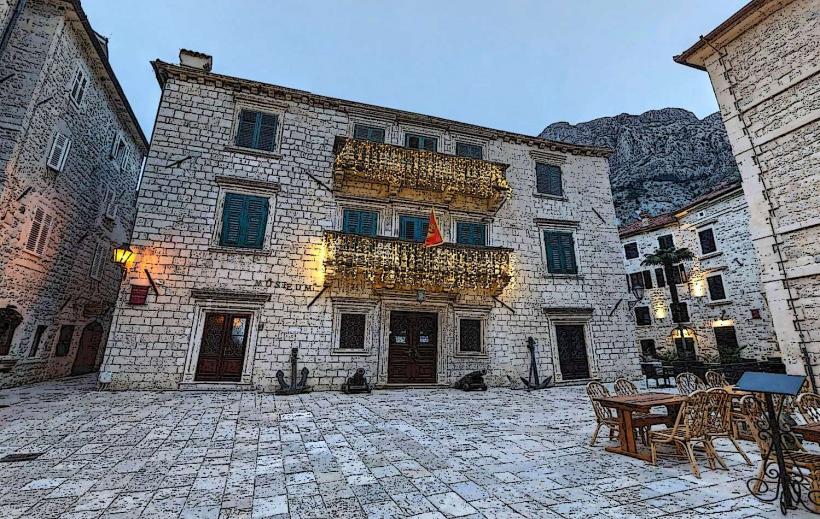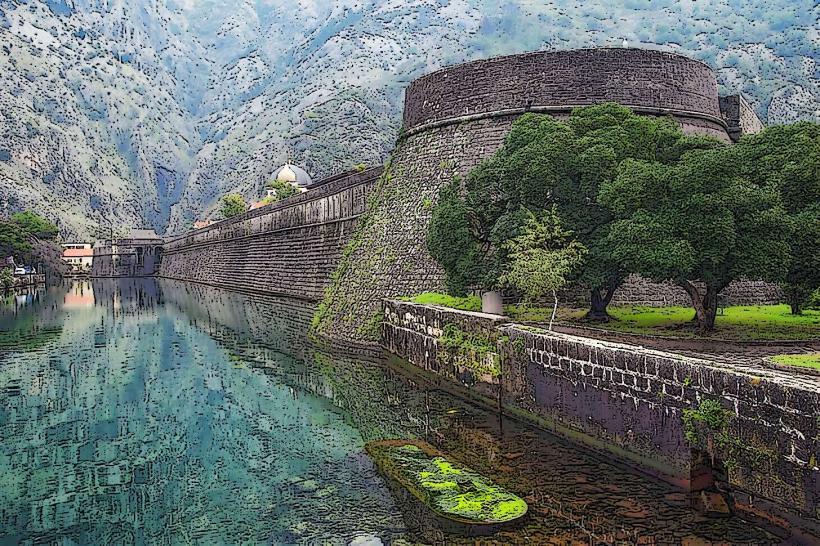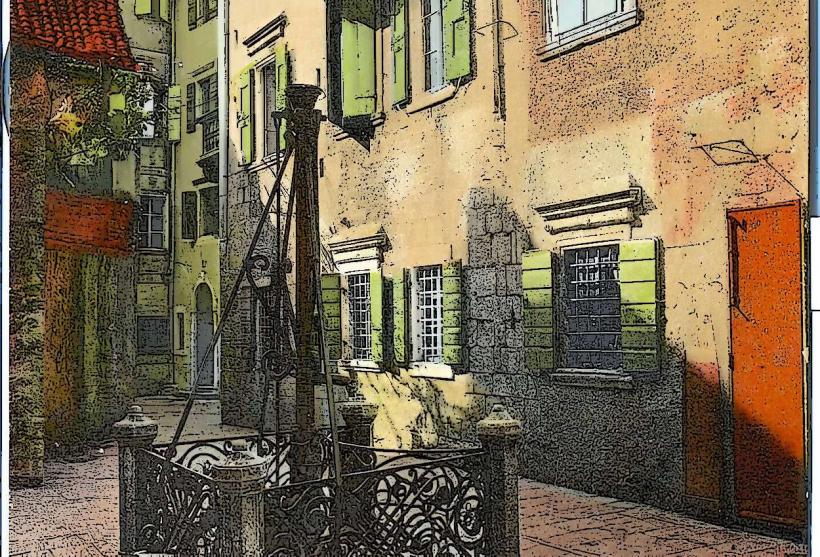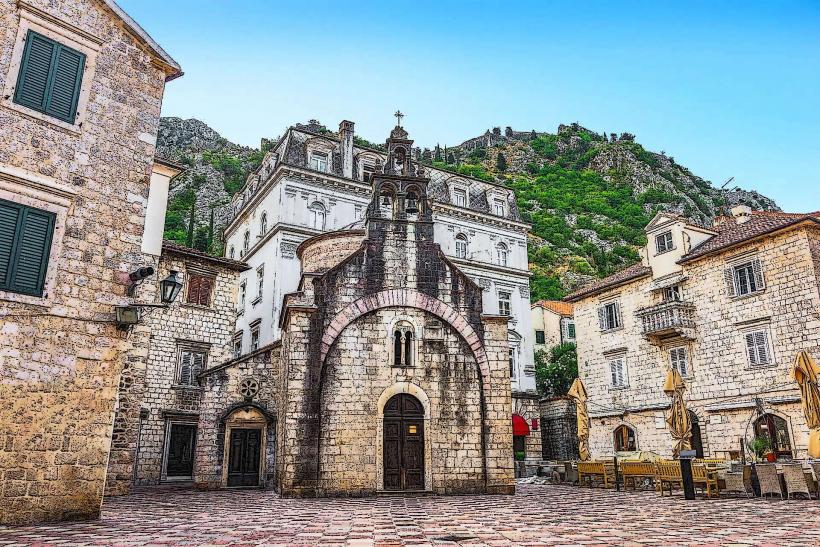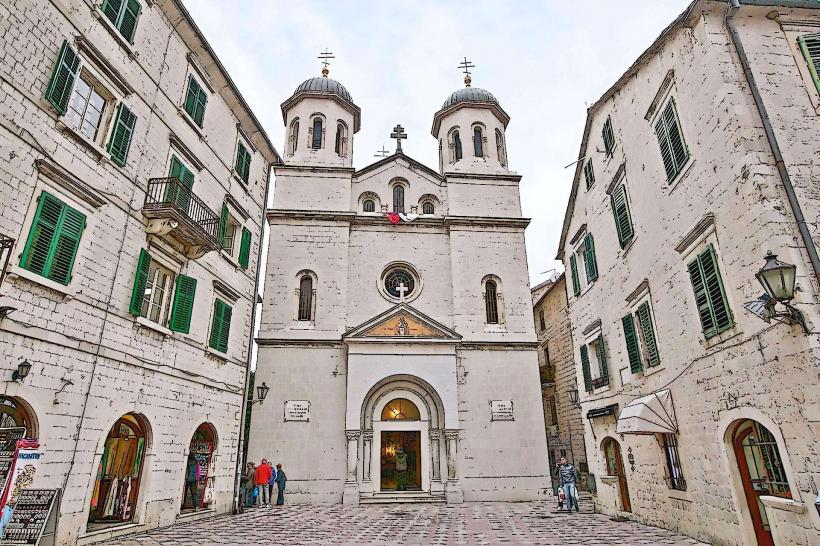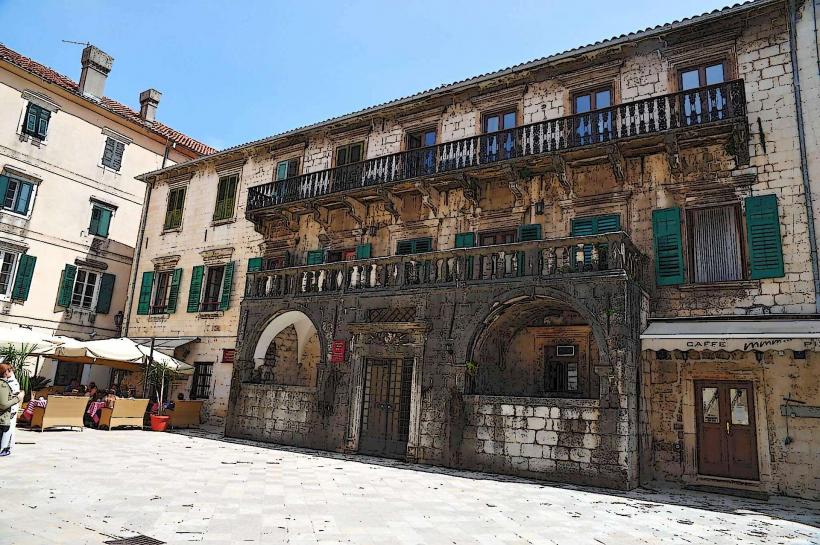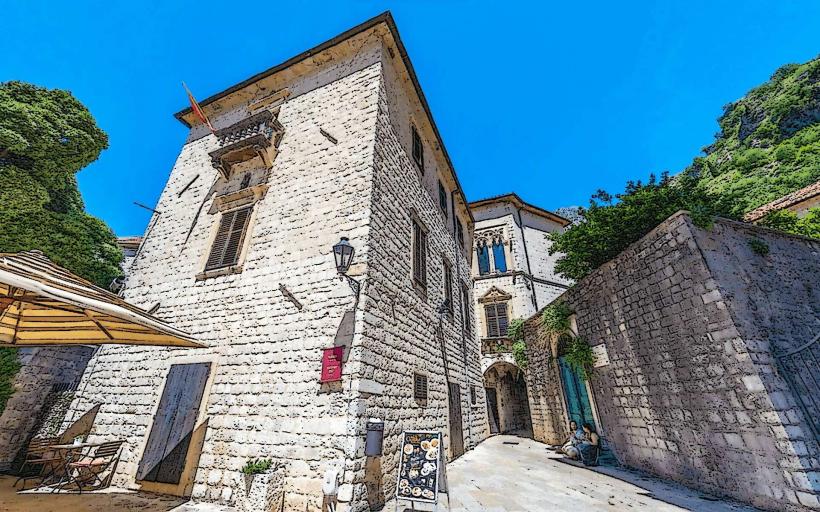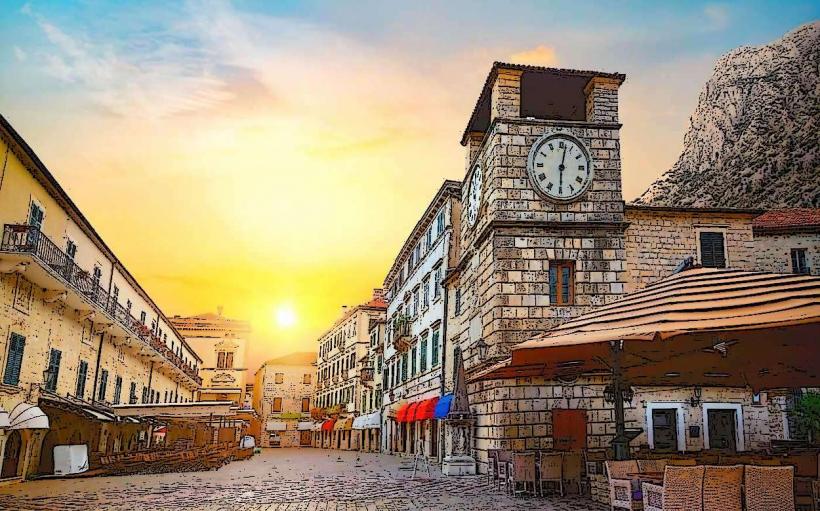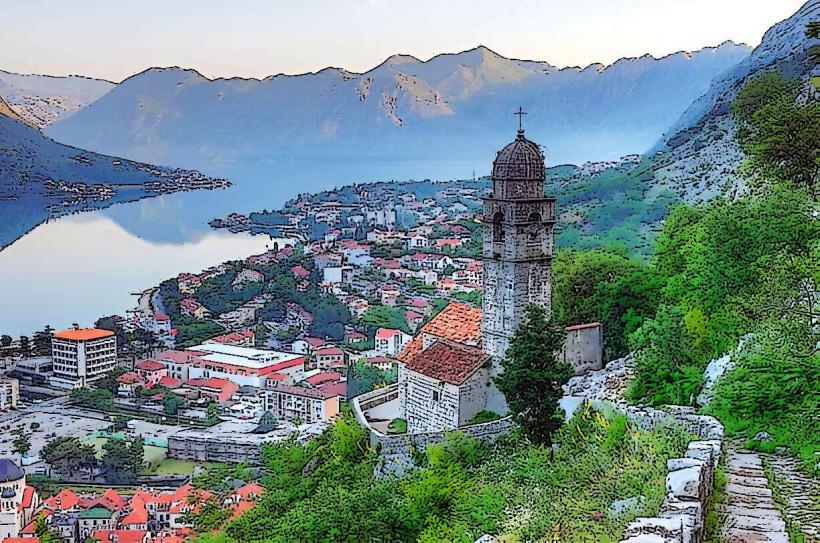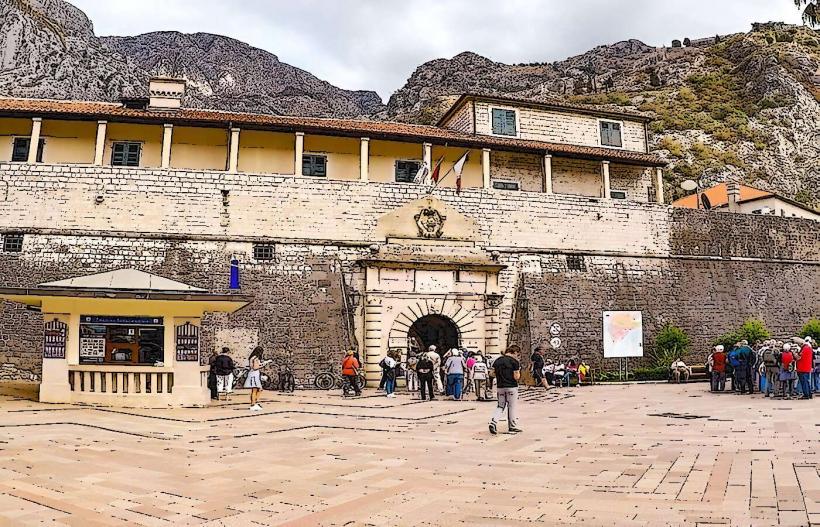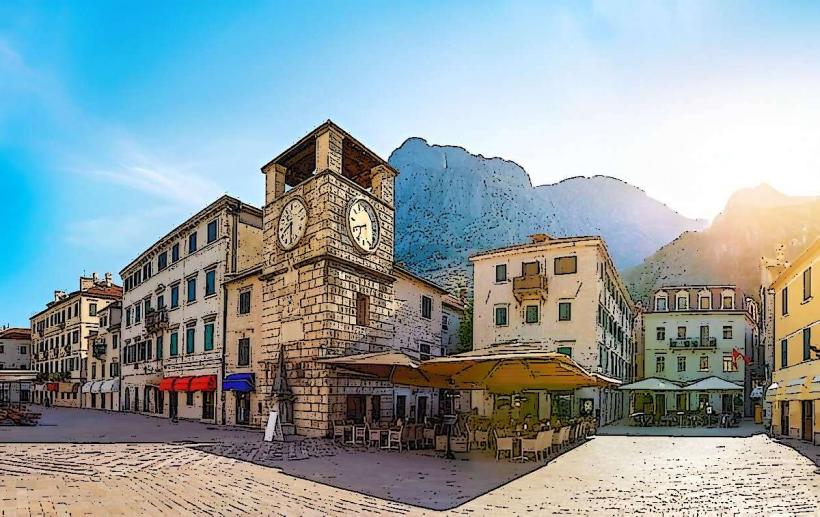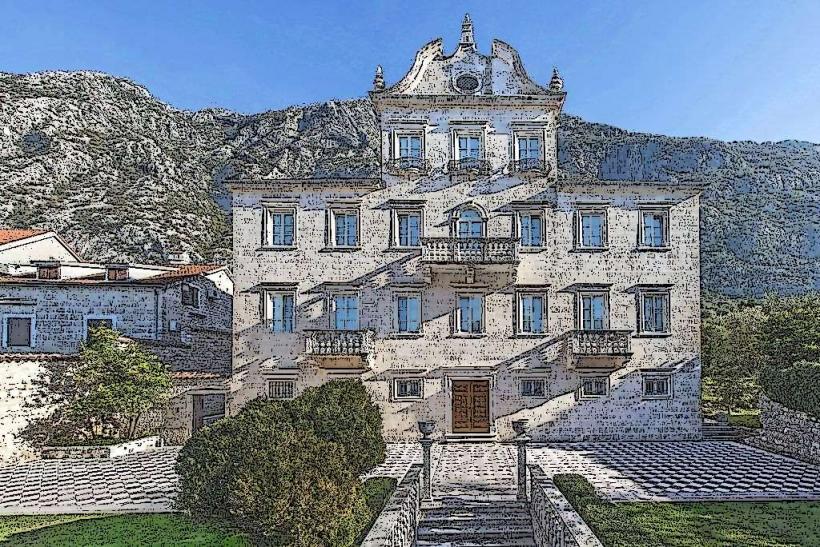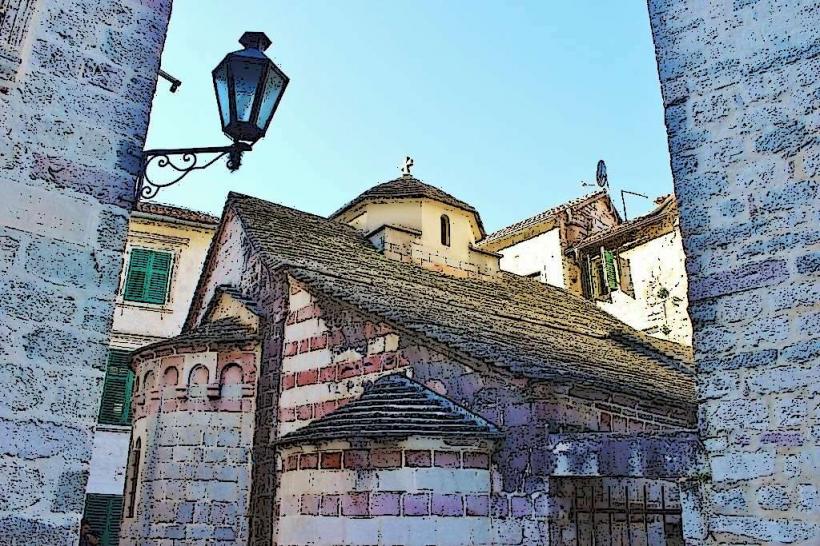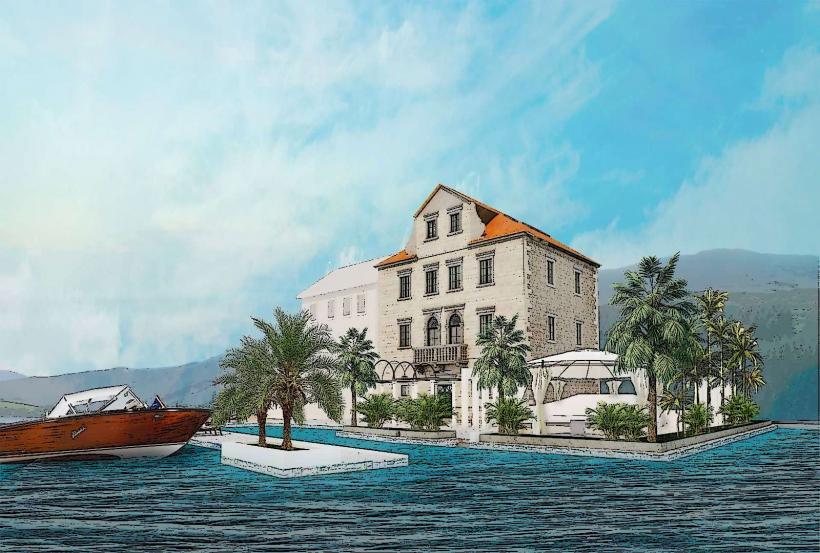Information
Landmark: Gurdić GateCity: Kotor
Country: Montenegro
Continent: Europe
Gurdić Gate (Gurdić Vrata) is one of the historical gates located in the Old Town of Kotor, Montenegro. The gate is an important architectural and defensive structure that was part of the fortification system of the town, which dates back to the Middle Ages and was later expanded during the Venetian period.
Historical Background
Kotor's fortifications and gates are integral to its history, reflecting its role as a strategically important coastal town in the Mediterranean. The Gurdić Gate was built as part of the town's defensive system and served as one of the entrances to the Old Town.
Venetian and Medieval Periods
- The gate was constructed during the Venetian rule over Kotor, which lasted from the late 15th century until the early 19th century. It was designed to protect the town from attack and to control access to the city.
- The Venetians were known for their strong fortifications throughout their empire, and the city of Kotor was no exception. The Gurdić Gate was part of a system of defensive walls, towers, and gates that ensured the security of the town.
- The name "Gurdić" is believed to refer to the Gurdić family, a noble family from Kotor who may have been associated with the gate or the area.
Architectural Features
The Gurdić Gate is a modest but significant feature of Kotor’s historical fortifications. While it may not be as prominent or elaborate as some of the larger city gates, it contributes to the overall defensive and architectural character of the town.
1. Structure and Design
- The gate is a stone archway built into the town's defensive walls. It features a simple yet functional design, consistent with the utilitarian nature of military architecture from the period.
- The structure of the gate is designed to control access into Kotor, allowing only authorized individuals or groups to enter the city. The fortified walls around the gate made it an essential part of the city’s defenses.
- The entrance itself is narrow and was likely built to prevent large-scale attacks or invasions, requiring invaders to pass through a confined space that could be easily defended.
2. Location
- The Gurdić Gate is located near the southern edge of Kotor's Old Town, adjacent to the fortifications that run along the city’s walls. It leads to the area known as Gurdić, which is a quieter residential area just outside the Old Town.
- The gate provides access to a part of Kotor that was historically more suburban and may have been used for local traffic, especially for those living in the area.
Historical and Cultural Significance
The Gurdić Gate is significant both historically and culturally for Kotor and its surrounding region.
1. Part of Kotor's Defense System
- The gate was part of Kotor's extensive defensive walls, which were built to protect the town from invaders, particularly during the Venetian and Ottoman periods. Kotor’s fortifications are some of the most impressive in the Balkan region, and the Gurdić Gate is an integral part of that defensive network.
- The fortifications around the gate, including the walls and nearby towers, were designed to make the town difficult to attack, with multiple layers of defense and strategic control over entry points.
2. Venetian Influence
- The Venetians heavily influenced the design and construction of the fortifications around Kotor, and the Gurdić Gate reflects the military architecture of the Venetian period. During their rule, the Venetians were known for their expertise in fortification design, and the city of Kotor benefited from these advanced defenses.
- The gate serves as a reminder of the Venetian Republic's significant role in the history of Kotor and the broader region, where Venetian rule shaped much of the architecture, culture, and governance.
3. Historical Name and Legacy
- The name Gurdić suggests that the gate was associated with a local family, potentially serving as a landmark for the area. The Gurdić family was a prominent noble family in Kotor, and their name is still remembered in this part of the town.
4. UNESCO World Heritage Site
- The Old Town of Kotor, including its gates, walls, and fortifications, is recognized as a UNESCO World Heritage Site due to its historical, architectural, and cultural significance. The Gurdić Gate contributes to the overall heritage of the town, which has been carefully preserved for future generations.
Modern-Day Role
Today, the Gurdić Gate is no longer a functioning entry point into the city, as it is part of the historical and architectural fabric of Kotor. However, it remains a key feature of the town’s defensive heritage and is often included in walking tours of the Old Town.
1. Tourist Attraction
- The Gurdić Gate is part of the broader historical and cultural landscape of Kotor, attracting visitors who come to explore the town's fortifications, gates, and old architecture. Though it is not as widely known as some of the larger city gates, it still contributes to the overall appeal of Kotor’s historic center.
- The gate is located near other important landmarks and provides a quiet area for visitors to appreciate the historical significance of the fortifications that once protected the city.
2. Preservation
- Like many other parts of Kotor’s Old Town, the Gurdić Gate is carefully preserved as part of the UNESCO World Heritage Site. Ongoing restoration and conservation efforts ensure that the gate, along with the town’s other historical landmarks, remains a part of Kotor’s cultural legacy.
Practical Information
Location: The Gurdić Gate is located on the southern edge of Kotor’s Old Town, near the city walls. It is easily accessible by foot from the town center.
Access: While the gate itself is part of the town’s fortifications, it is not typically open for visitors to pass through, as it is a historical structure. However, it can be appreciated as part of the walking tour of Kotor’s Old Town.
Conclusion
The Gurdić Gate is a significant historical feature of Kotor’s defensive system. Built during the Venetian era, it played a crucial role in protecting the town from invaders while also serving as a functional entrance to the city. Today, the gate stands as a testament to Kotor’s rich military and architectural history, contributing to the UNESCO World Heritage Site designation of the Old Town. The gate’s historical importance and preservation make it an integral part of the cultural heritage of Kotor.

